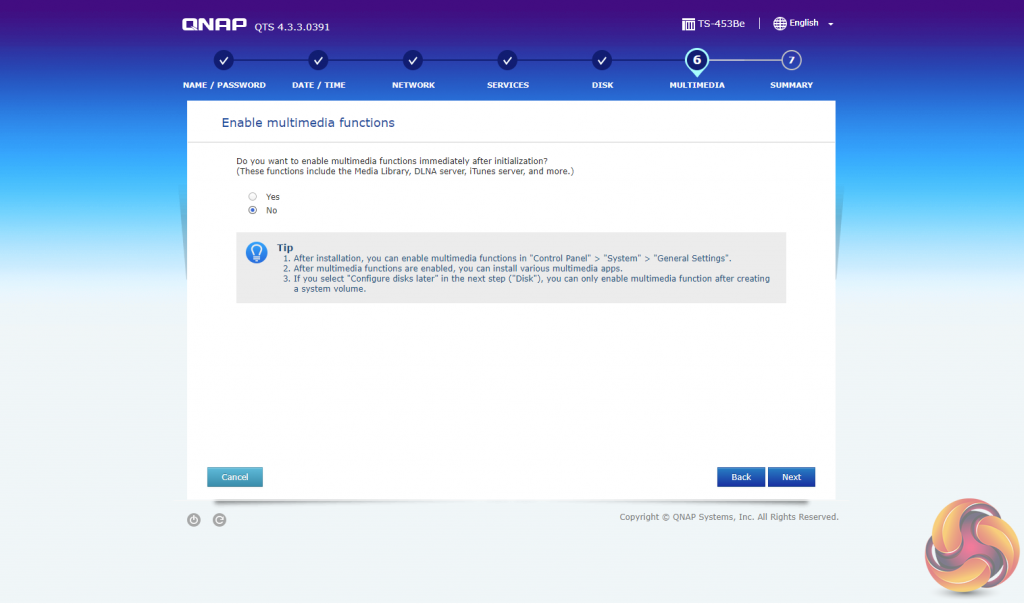
NFS is particularly useful when disk space is limited and you need to exchange public data between client computers. Users add files to them, which are then shared with other users who have access to the folder.Īn NFS file share is mounted on a client machine, making it available just like folders the user created locally. Shared directories are typically created on a file server, running the NFS server component. You could try asking the question on the samba list serve - they (the developers) may be able to suggest something: Īs far as I am aware of this only holds true for macOS providing NFS services (exporting NFS shares), not for macOS consuming these.Īfter serveral days of researching The Net, common sense appears to be that AFP is still the protocol to go to when operating a pure macOS client environment, and that only in cases where Windows is part of the environment, SMB might be the better choice.īut with a NAS as a central file server, capable of providing file sharing services via AFP, NFS, and SMB, all the different client OS can be servered according to their respective "needs".Network File Sharing (NFS) is a protocol that allows you to share directories and files with other Linux clients over a network. My starting point would be a Qnap TS251b sporting QTS 4.5.2 and a Mac mini M1 running macOS 11 Big Sur.Īny help, any hint would be more than appreciated.īig Sur does not officially support AFP (no results on the MacOS UG: ) while SMB is supported, so I think it is only a matter time before you have to do the difficult work of converting to SMB. I have done some research and stumbled across user & group id mapping, and nfs v4, but I have to admit I have got no clue as where to tweak, what to configure, in order to successfully set this up. I am not about migrating the current file share setup from AFP to NFS, and I am wondering how best to go about this task, without having to introduce ldap or kerberos to my environment, without having to synchronise the user & group id across all devices.

The available user & group ids are specific to each of those devices, and they are not synchronised across all of them, resulting in eg.user #1 has got a different id on a NAS and a Mac. There is no directory (ldap et al) or common authentication service (kerberos et al) in place.

On my LAN there are various NAS devices acting as file servers, as well as multiple macOS clients, facilitating these file servers.


 0 kommentar(er)
0 kommentar(er)
